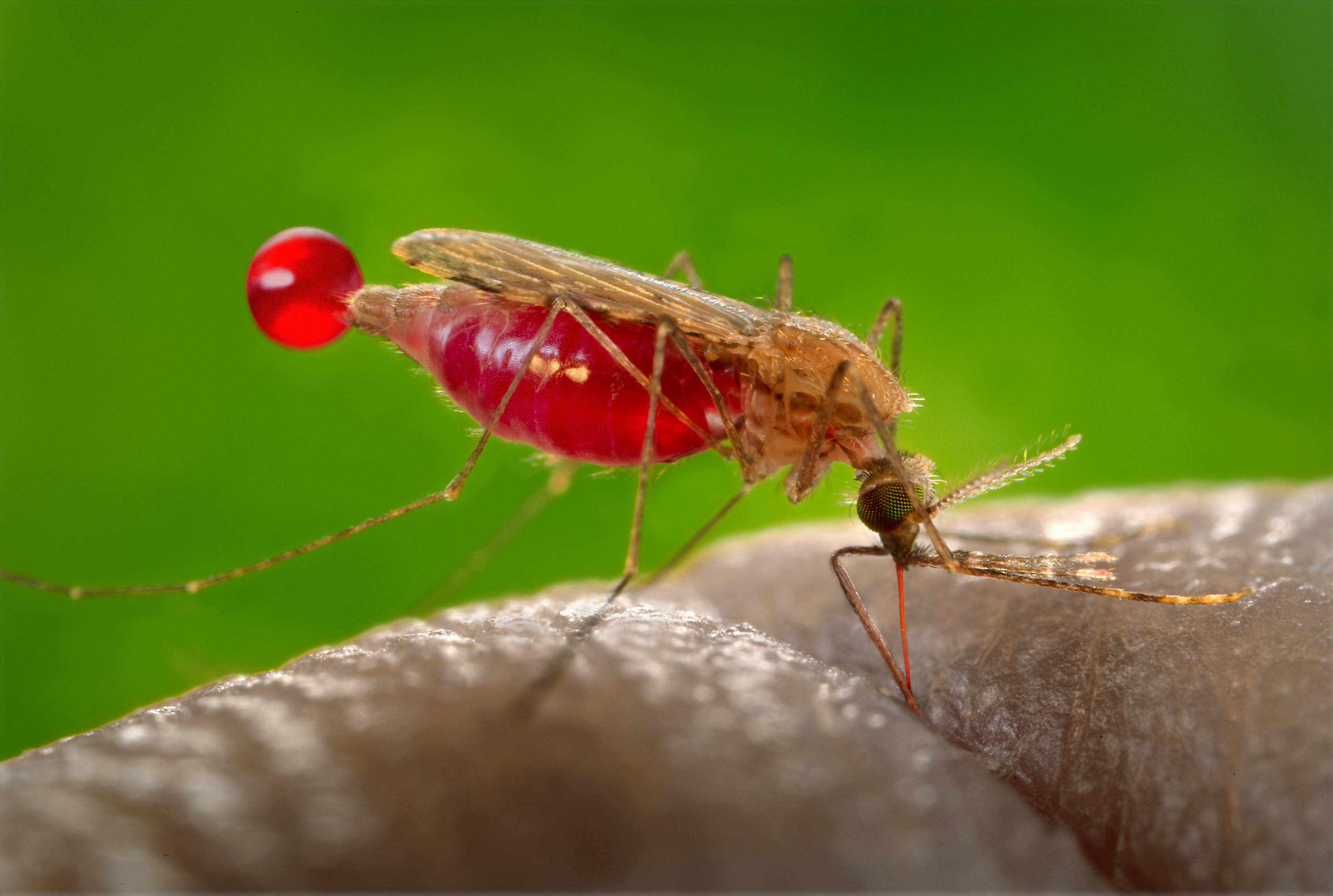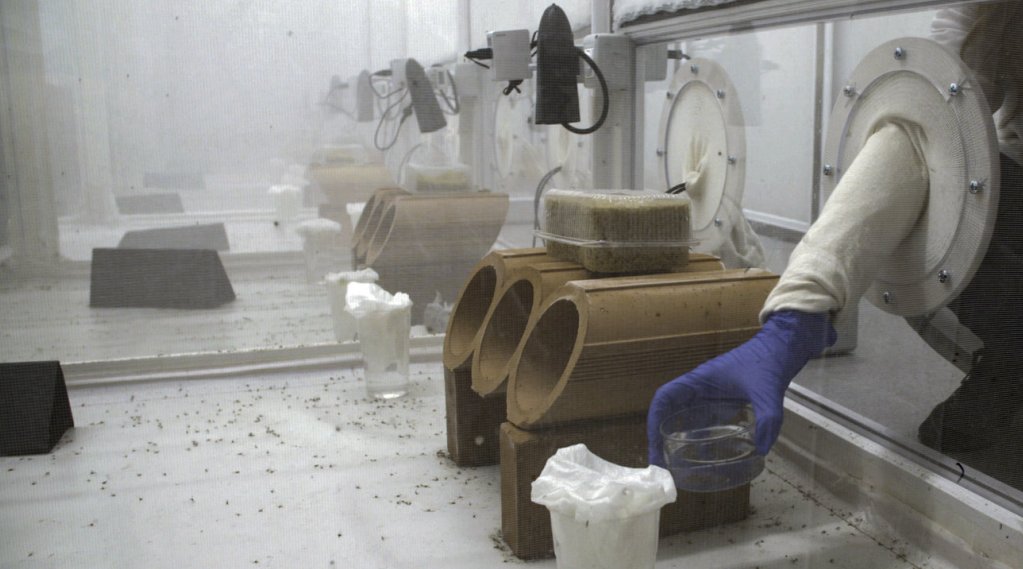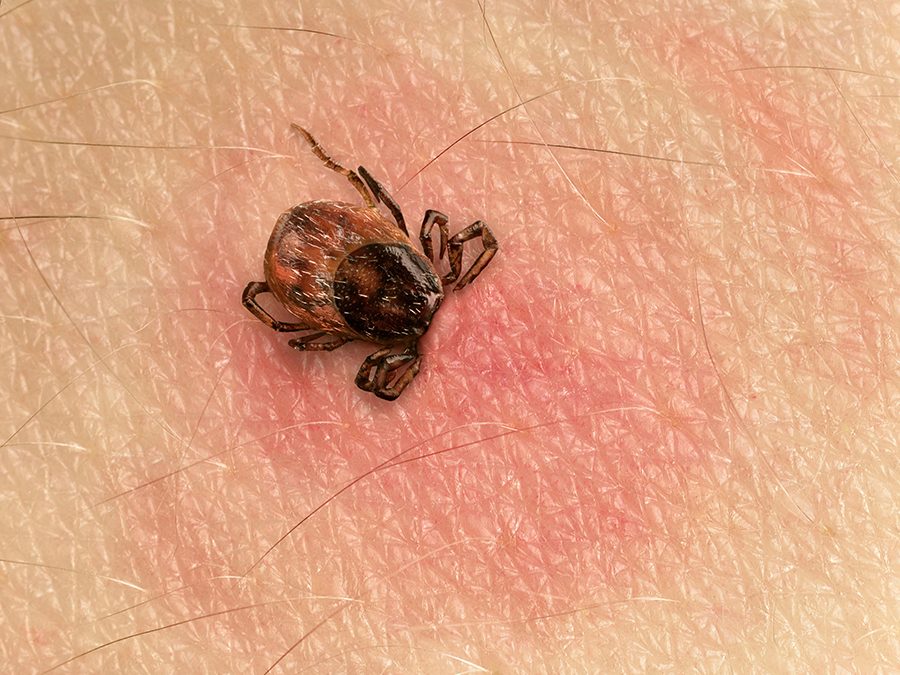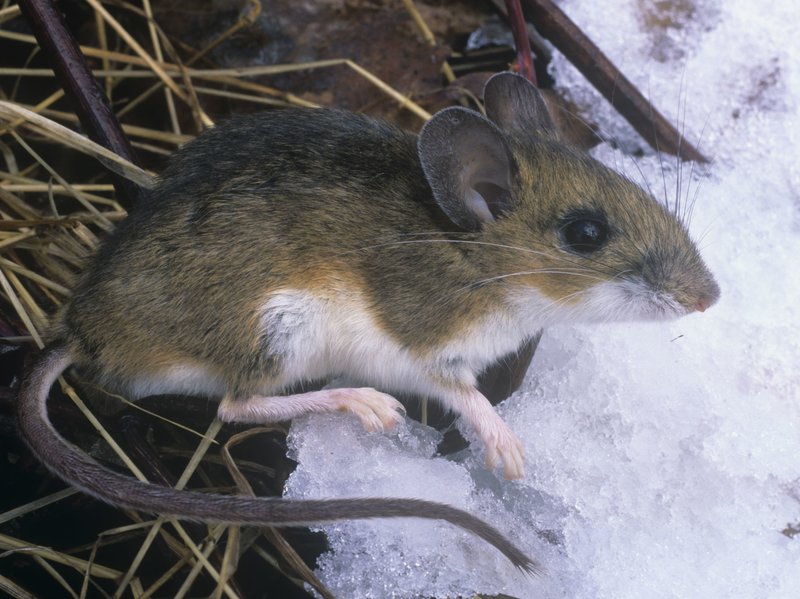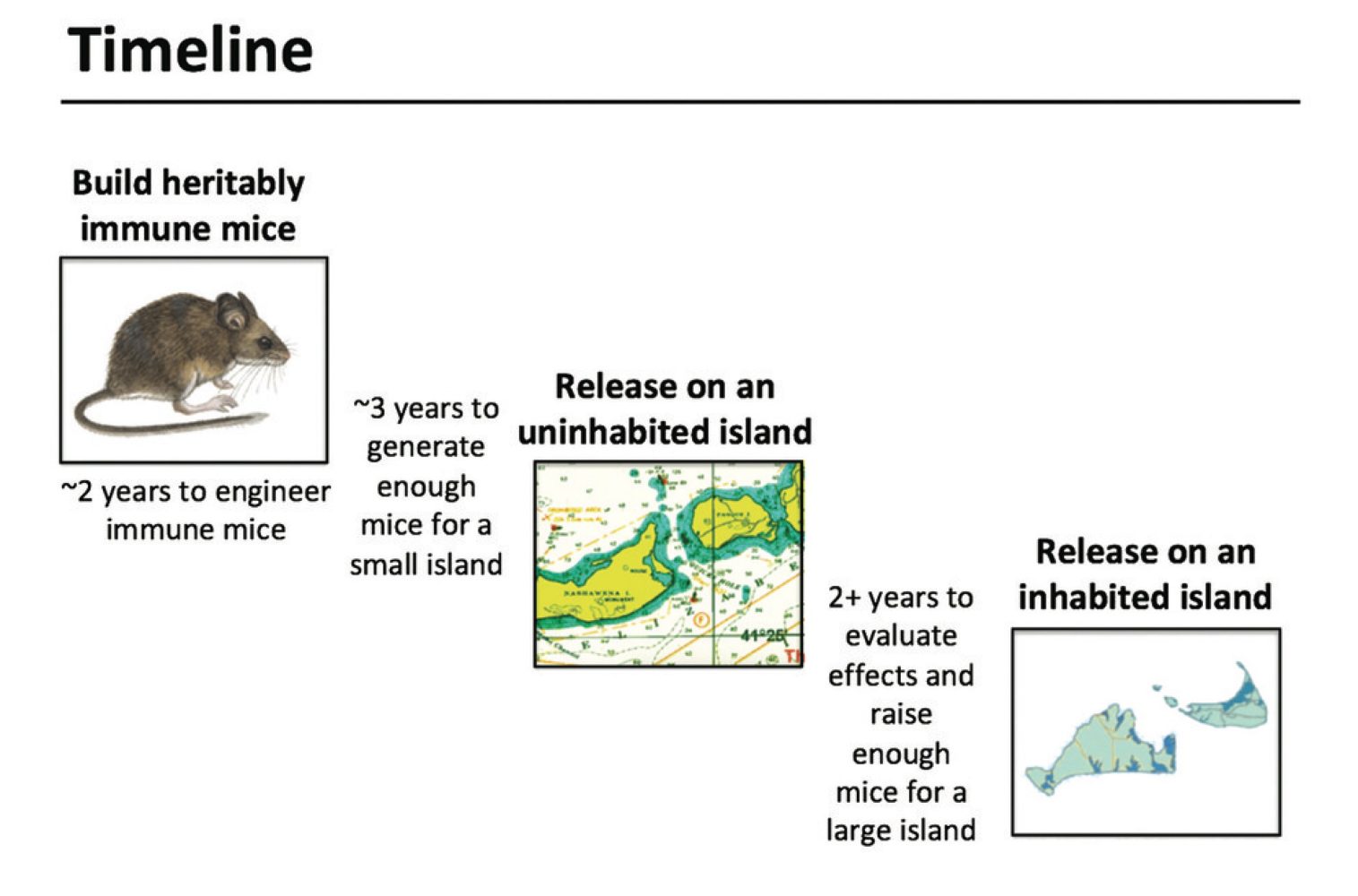Throughout human history it has always seemed as though whenever advances in our technology have allowed us to increase the amount of food we produce, we increase our population just enough to keep a sizable fraction of our species hungry. Today the problem has become even worse as our agriculture is now using up most of the planet’s land area, we are over fishing the oceans, fertilizer runoff into the rivers and oceans is killing aquatic life while raising livestock is a big contributor to global warming. And we still can’t feed all 7 billion of us!

There are several technical advances in agricultural science that have been suggested as possible solutions to this problem: Vertical farming in factories to make better use of the land (see my post of 22 April 2017), Genetically Modified Organisms (GMOs) to develop crops that grow faster with less water and fertilizer (see my post of 12 January 2019), and cultured meat to eliminate the wastage of producing bones, hide and other unusable parts of an animal (see my post of 7 April 2018).
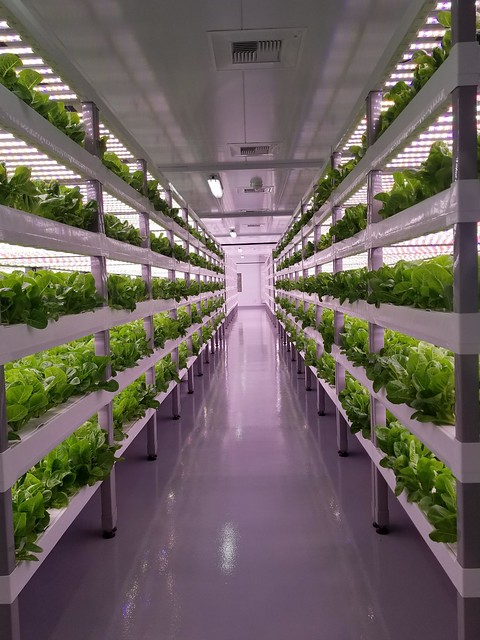
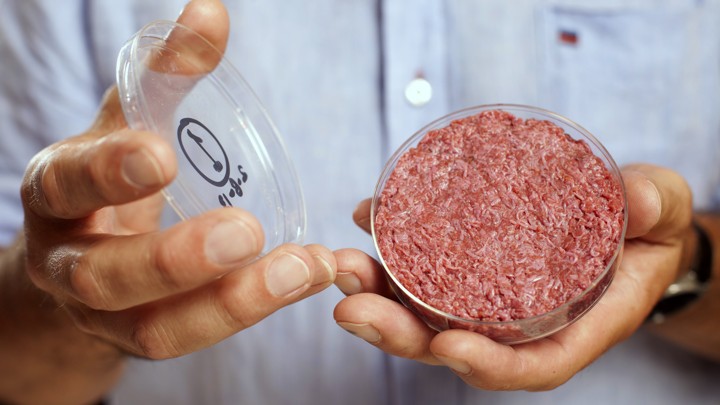
An interesting suggestion would be switch meat production from large vertebrate animals like cattle, sheep and pigs and replace it with raising of edible insects! You see a much larger proportion of an insect can actually be eaten than a cow or pig. They have no bones or tough hides; even the exoskeleton of some insects is nourishing. Also Insects are much less finicky about the sort of plant material they consume so they’re actually much more economical to produce per kilogram of edible food.
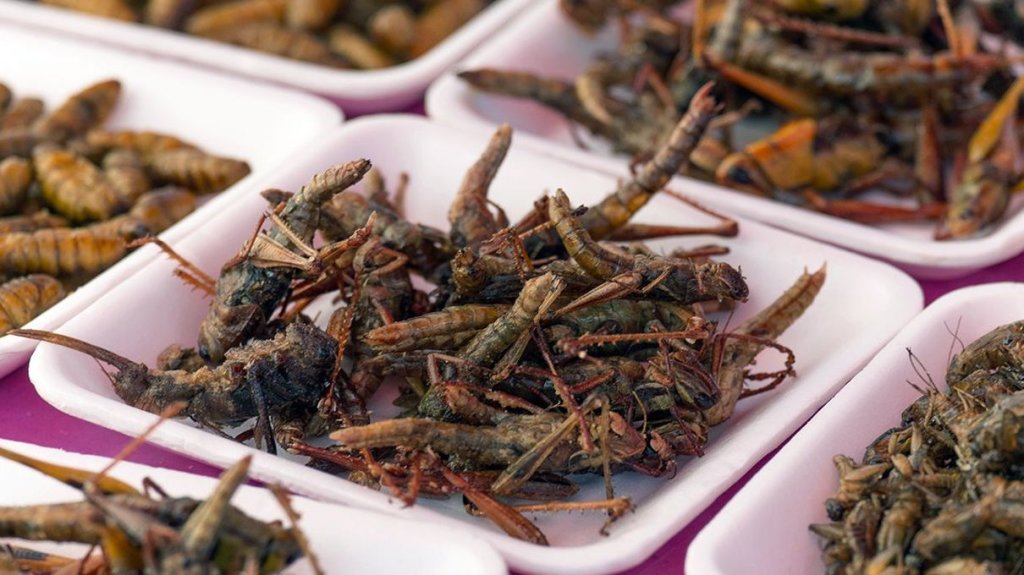
Now a new article entitled ‘Possibilities for Engineered Insect Tissue as a Food Source’ in the journal ‘Frontiers in Sustainable Food Systems’ (and yes this is the first time I’ve ever heard of that journal too!) suggests that the optimal food production strategy would be a combination of all of the possibilities I’ve mentioned above. Vertical farming would be employed to produce the cheapest plant material that would then be fed to genetically modified cultures of insect cells! Such a system, according to lead author Natalie Rubio of Tufts University, would provide the greatest production of food, again on a per kilogram basis, at the lowest cost not only in dollars but also in impact to the environment.
According to Doctor Rubio “Compared to cultured mammalian, avian and other vertebrate cells, insect cell cultures require fewer resources and less energy intensive environmental control as they have lower glucose requirements and can thrive in a wider range of temperature, pH, oxygen and osmolarity conditions.” (By the way osmolarity deals with the process of osmosis, the diffusion of chemical substances through a semi-permeable membrane, which is the way living cells absorb nutrients from their surroundings.)
Of course the big problem with manufacturing insect meat for food is that most people don’t want to eat insects, they’re icky! However that’s the beauty of cultured meat, the product doesn’t have to look like the animal the original muscle cells came from, it can look like whatever the customer likes.
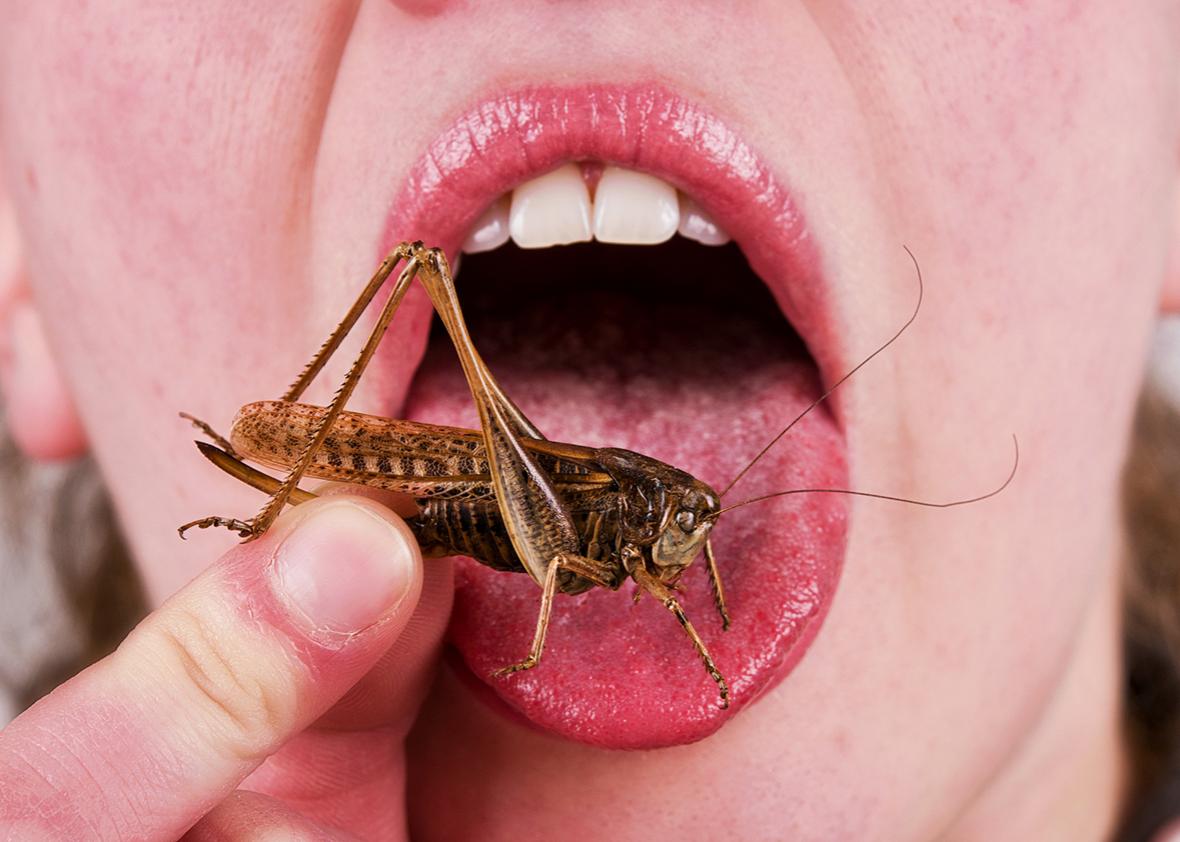
So what will insect meat taste like you ask? Well that’s the beauty of genetic modification; it could taste like whatever customers want! As a marketing campaign the name of the ‘product’ could be the Latin taxonomic name. For example Grasshopper meat could be sold as ‘Acrididae’ while ant meat could have a brand name of ‘Formicidae’. To the average shopper they’ll just be meat.
In time people will just get used to manufactured insect meat, especially if it’s cheaper than olde fashioned farm raised beef, pork or chicken. The organizations fighting animal cruelty will love it because no actual animals are really harmed. It sounds like a win-win situation all around.
So, you think that you’ll willing to try some?


